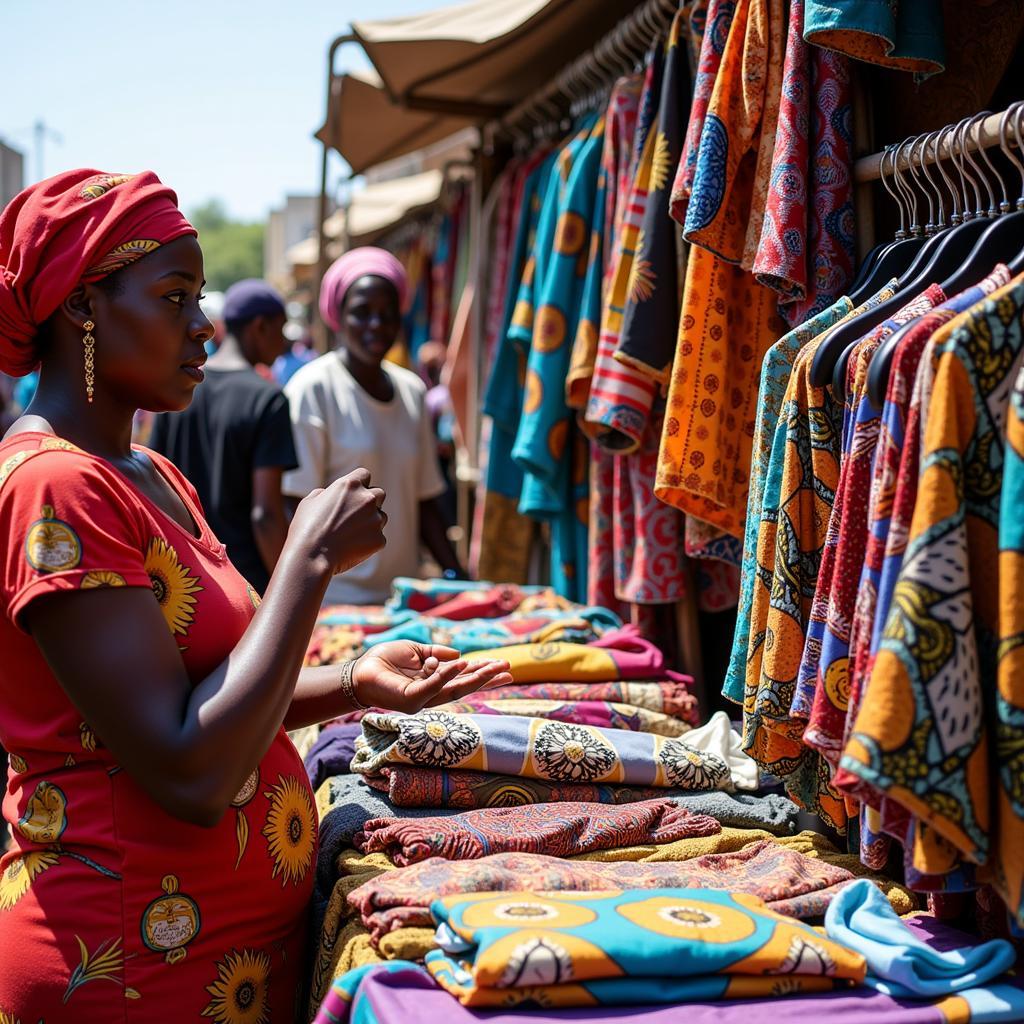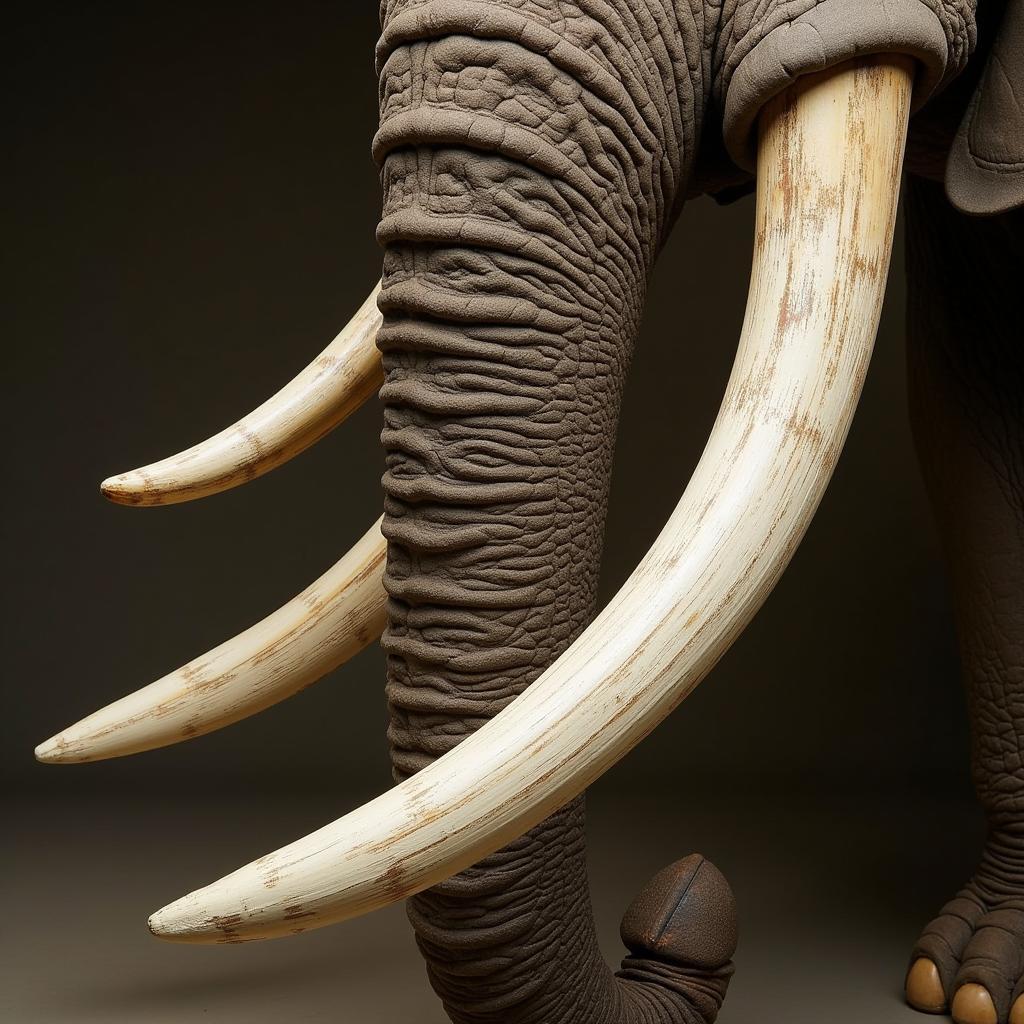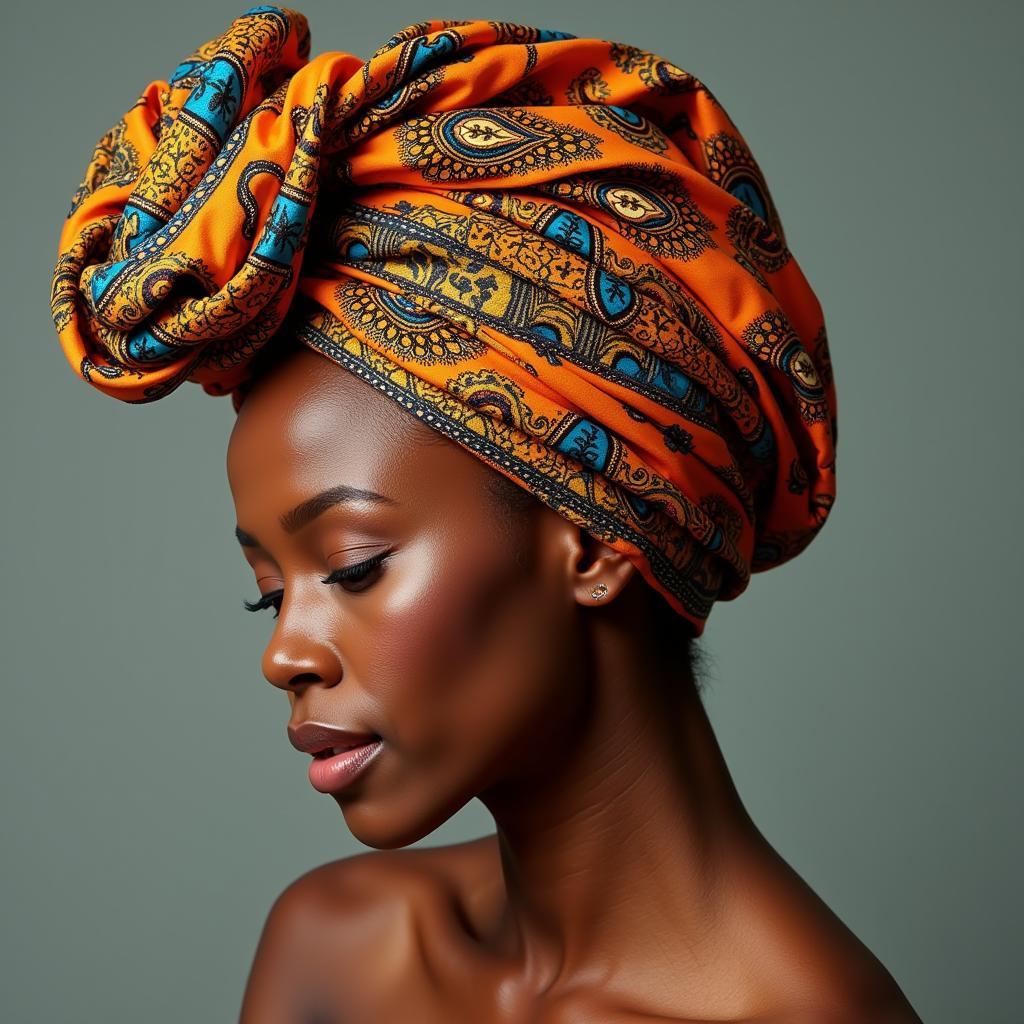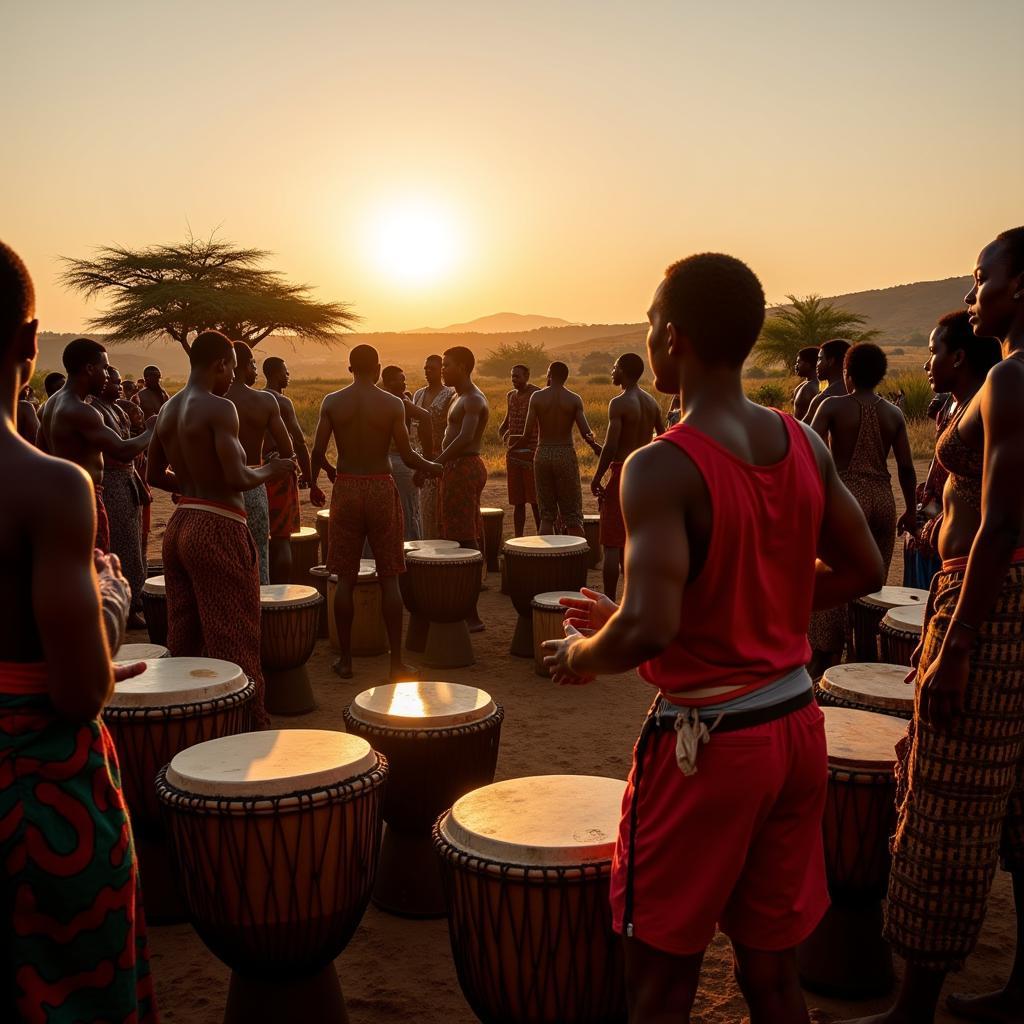African Hair Styles for Ladies 2018: A Celebration of Beauty and Heritage
African hair styles for ladies are as diverse as the continent itself, reflecting a rich tapestry of cultural traditions, creativity, and individual expression. From the intricate braids of the Himba people in Namibia to the elaborate cornrows of the Yoruba women in Nigeria, African hairstyles are more than just fashion statements; they are a celebration of heritage, a symbol of social status, and a testament to the artistry and craftsmanship passed down through generations.
While trends may evolve, the essence of African hair styling remains deeply rooted in its history and symbolism. In 2018, we witnessed a resurgence of traditional styles with a modern twist, showcasing the versatility and beauty of African hair in all its glory.
Embracing Natural Textures: The Rise of Afro-Textured Styles
The year 2018 saw a powerful movement towards embracing natural hair textures, with women across Africa and the diaspora ditching chemical relaxers and embracing the beauty of their natural curls, coils, and kinks. This shift towards self-acceptance and celebrating one’s natural beauty has led to a surge in popularity of afro-textured hairstyles.
From the iconic “afro” – a symbol of Black pride and power – to wash-and-go styles that emphasize the natural curl pattern, women are rocking their natural hair with confidence and style. This trend reflects a growing awareness of the unique beauty and versatility of afro-textured hair, breaking free from Eurocentric beauty standards and embracing natural hair in all its glory.
The Art of Braiding: From Traditional to Trendy
Braiding has been an integral part of African culture for centuries, serving both practical and aesthetic purposes. In 2018, we witnessed the evolution of traditional braiding techniques into trendy and modern styles that captivated the world.
Cornrows, a timeless classic, continue to be a popular choice, often adorned with beads, cowrie shells, or other embellishments. Box braids, known for their versatility and low-maintenance nature, also remained a favorite, with variations in length, thickness, and color adding a personal touch.
One notable trend was the rise of “Fulani braids” – a style inspired by the Fulani people of West Africa, characterized by a single braid or cornrow running down the center of the head, adorned with beads and often combined with other braids or twists. This style, along with other braiding techniques like Ghana braids and Senegalese twists, gained widespread popularity for their intricate designs and ability to protect natural hair.
“Braiding is not just about hair; it’s about storytelling,” says Awa Thiam, a Senegalese hairstylist based in Dakar. “Each braid has a history, a meaning. When we braid hair, we are weaving together generations of tradition and creativity.”
Protective Styling: Caring for Natural Hair with Style
Protective styling plays a crucial role in maintaining healthy and thriving natural hair. These styles, as the name suggests, are designed to protect the hair from damage caused by heat styling, manipulation, and environmental factors.
In 2018, we saw an increased focus on protective styles that not only safeguard natural hair but also offer versatility and style. Wigs, weaves, and extensions became increasingly popular, allowing women to experiment with different looks while giving their natural hair a break.
Locs, a hairstyle formed by sectioning and twisting or coiling the hair, continued to gain popularity for their natural beauty and spiritual significance. From free-form locs to sister locs and faux locs, there was a style to suit every personality and preference.
Beyond the Trends: The Significance of African Hair Styles
While trends come and go, the cultural significance and artistic beauty of African hair styles remain timeless. These styles are more than just a fashion statement; they are a reflection of identity, a celebration of heritage, and a testament to the resilience and creativity of African women.
As we move forward, it is essential to appreciate the depth and richness of African hair styling traditions, recognizing the cultural significance and individual stories behind each braid, twist, and curl. Whether embracing natural textures, experimenting with intricate braids, or opting for protective styles, African hair styles continue to empower and inspire, showcasing the diverse beauty and cultural heritage of a continent.



